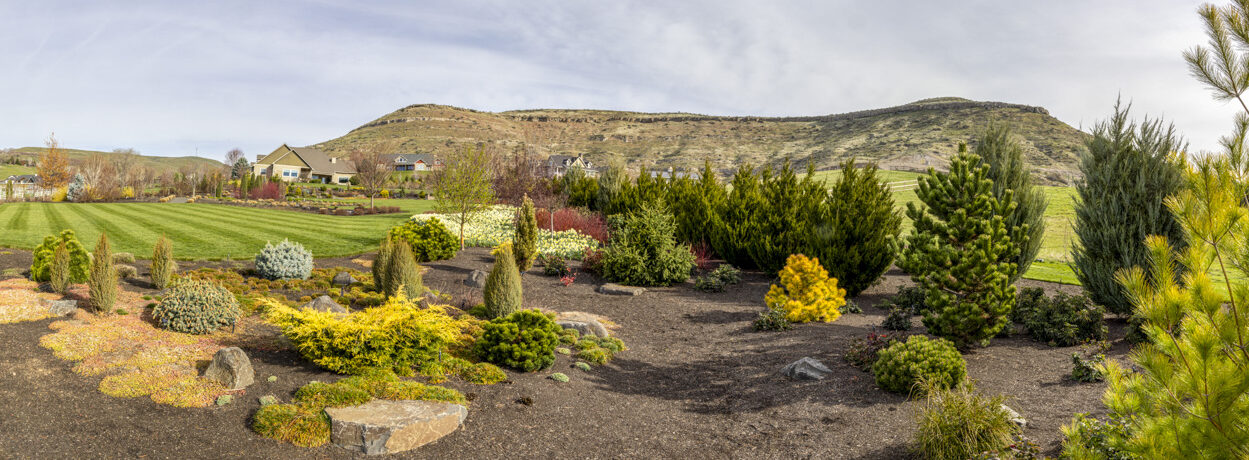 “Crack in the Ground”, Lake County, Oregon
“Crack in the Ground”, Lake County, Oregon
Above, a lone sagebrush and sun appear.
The sagebrush peers over the edge watching me.
The sun’s bright fire lights my way.
I have always been fascinated by the unusual geological formations in the eastern Washington/Oregon landscape. A few weeks ago, several college friends and I went exploring around Christmas Valley, Oregon. Our first stop was “Crack in the Ground” (see excerpt from Wikipedia below}. Most of the group scurried along the bottom of the fissure. I, along with a special friend, stopped, gazed around in wonderment, and photographed whatever jumped out at me. By the time the group had walked to the end, walked back to the start, and then walked back to fine us, we had only covered about one half of the distance. My mind and eyes wondered at every turn. I am a wondering explorer, not a hiker.
From Wikipedia:
Crack in the Ground is a volcanic fissure about 2 miles (3.2 km) long with depths measuring nearly 30 feet (9 m) below ground level in Central Oregon, United States. The eruptions from the Four Craters Lava Field were accompanied by a slight sinking of the older rock surface, forming a shallow, graben-like structure about 2 miles (3.2 km) wide and extending to the south into an old lake basin. Crack in the Ground marks the western edge of this small, volcano-tectonic depression. The crack is the result of a tension fracture along a hingeline produced by the draping of Green Mountain lava flows over the edge of upthrown side of the concealed fault zone. The fissure is located at the southwest corner of Four Craters Lava Field in the Deschutes National Forest.
Crack in the Ground is estimated to have been created around 1,000 years ago.









